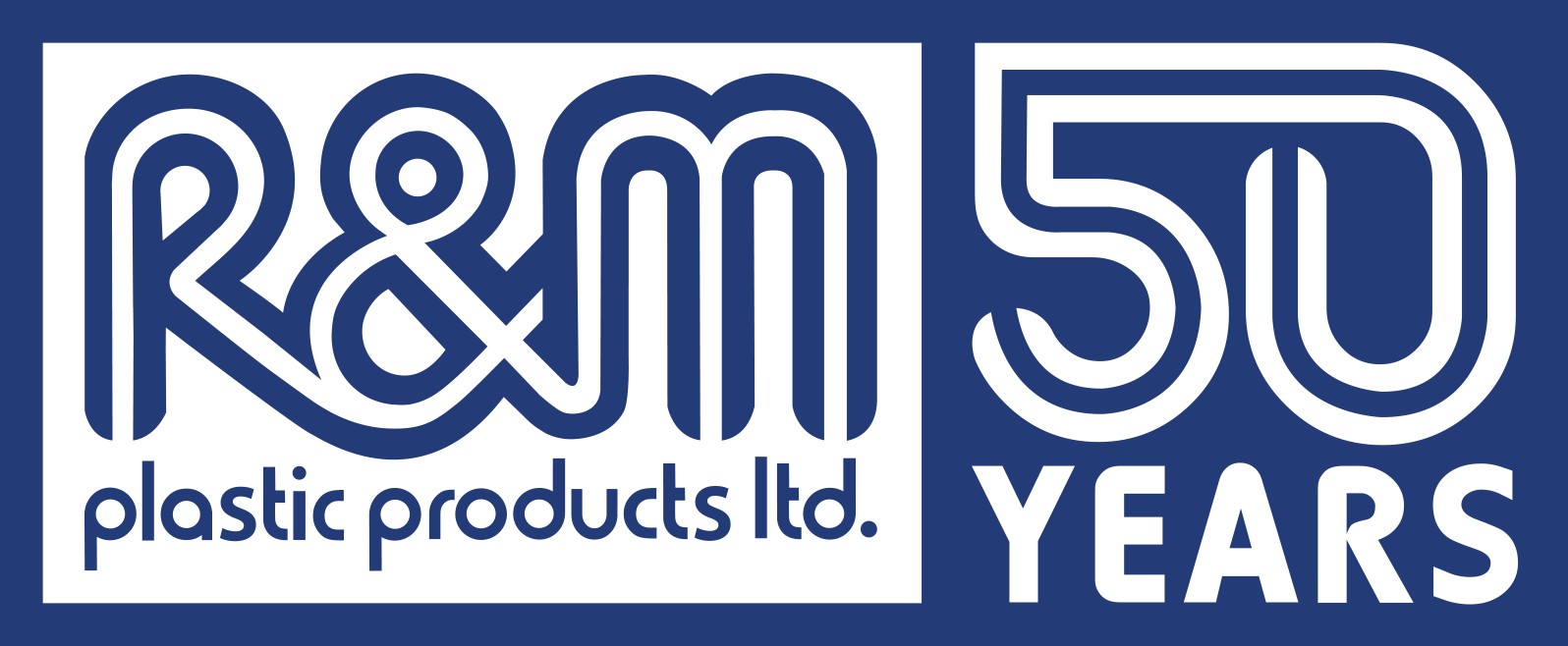Revolutionizing Production: The Future of Molding Machines in Advanced Manufacturing
The molding machine industry is poised for a remarkable transformation, driven by innovations that enhance efficiency and precision in advanced manufacturing. According to a recent report by MarketsandMarkets, the global market for molding machines is expected to reach $10.9 billion by 2025, growing at a CAGR of 5.8% from 2020. This surge is attributed to the increasing demand for lightweight components in automotive and aerospace applications, where molding machines play a crucial role in the production process.
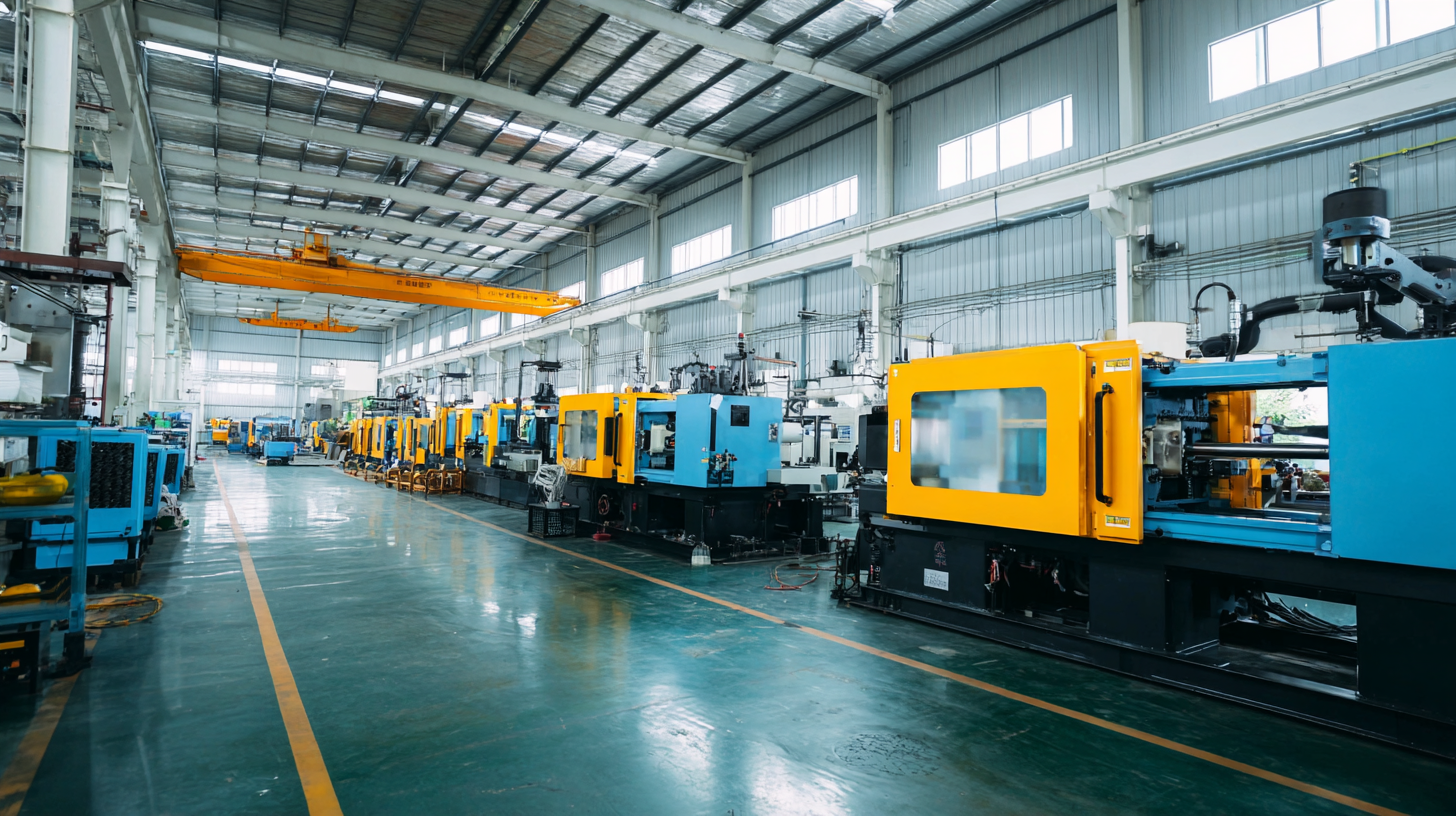
Furthermore, advancements in automation and smart technologies are revolutionizing molding operations, enabling manufacturers to achieve higher levels of flexibility and productivity. As we look to the future, the evolution of molding machines will significantly impact various industries, fostering sustainability and driving economic growth. This article delves into the cutting-edge developments shaping the future of molding machines in the context of advanced manufacturing.
The Evolution of Molding Machines: From Traditional to Advanced Technologies
The evolution of molding machines has significantly transformed the landscape of manufacturing over the past few decades.
Traditional molding machines operated primarily on mechanical principles, relying heavily on manual intervention and basic hydraulic systems.
This method often led to limitations in precision and production speed, making it challenging to compete in increasingly demanding markets.
Operators had to possess extensive skills to handle these machines, resulting in a steep learning curve and susceptibility to human error.
In contrast, advanced molding technologies now incorporate automation, sophisticated software, and artificial intelligence, enabling manufacturers to achieve remarkable levels of efficiency and accuracy.
These modern machines are equipped with sensors, which monitor conditions in real-time, allowing for immediate adjustments during the production process.
Consequently, manufacturers can produce intricate designs that were once deemed impossible, while also reducing waste and improving overall product quality.
As industries continue to embrace digital transformation, the future of molding machines is poised to play a critical role in achieving smarter and more sustainable manufacturing practices.
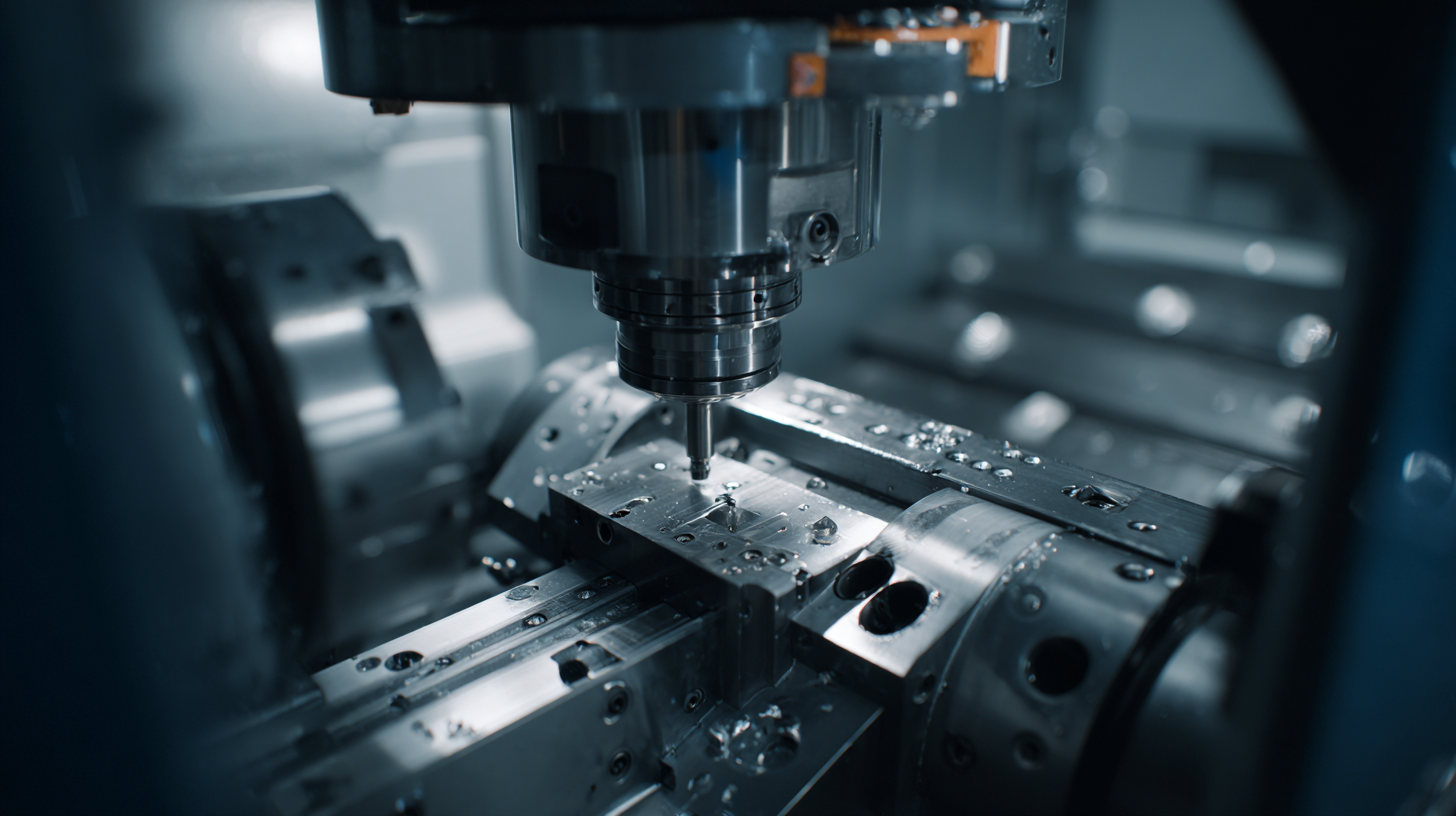
Key Innovations Driving the Future of Molding Machines in Manufacturing
The future of molding machines in advanced manufacturing is being shaped by an array of innovative technologies that enhance efficiency, precision, and sustainability. One key innovation is the integration of IoT (Internet of Things) capabilities, which allows for real-time monitoring and data analytics throughout the production process. This connectivity not only streamlines operations but also provides valuable insights into machine performance, enabling predictive maintenance and reducing downtime.
Another transformative development is the adoption of advanced materials, such as bio-based plastics and lightweight composites. These materials not only improve the performance of molded products but also contribute to more environmentally friendly manufacturing practices. Furthermore, the use of sophisticated software for simulation and design enables manufacturers to optimize mold design and reduce lead times significantly. Together, these innovations are revolutionizing molding machines, ensuring they remain central to modern manufacturing while meeting the evolving demands of the market.
Key Innovations Driving the Future of Molding Machines in Manufacturing
This chart illustrates the major innovations in molding machines, highlighting their percentage impact on manufacturing efficiency and production quality over the last decade.
Sustainability and Efficiency: The Environmental Impact of Modern Molding Machines
Modern molding machines are at the forefront of revolutionizing the manufacturing industry, particularly when it comes to sustainability and efficiency. These advanced machines incorporate cutting-edge technologies that significantly reduce energy consumption and waste. By utilizing innovations such as servo motors and material scavenging systems, manufacturers can minimize their environmental footprint while maximizing productivity. The ability to recycle materials directly on the production line not only conserves resources but also reduces the need for raw material extraction, thus contributing to a more sustainable manufacturing process.
Furthermore, the shift towards sustainable practices in molding technology is bolstered by the adoption of eco-friendly materials. Many modern machines are now designed to work with biodegradable and recyclable plastics, addressing the growing demand for sustainable products. This evolution not only aids in reducing pollution but also aligns with the increasing consumer demand for environmentally responsible manufacturing. As the industry moves forward, the integration of these sustainable practices in molding machines positions them as pivotal tools in achieving both economic and environmental goals in advanced manufacturing.
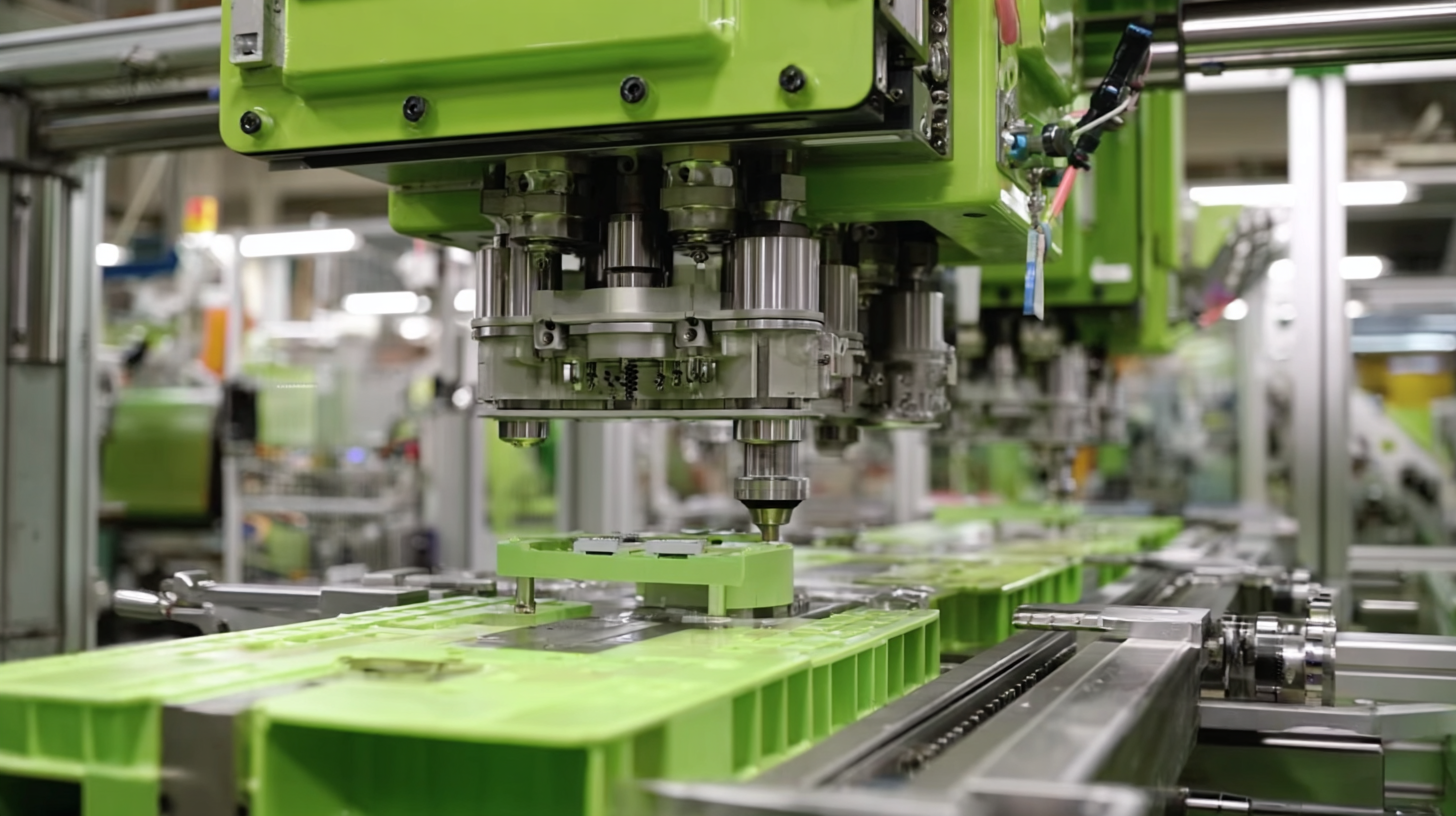
Integration of Smart Technology: The Role of IoT and Automation in Molding
The integration of smart technology in molding machines is poised to significantly shape the future of advanced manufacturing. As industries increasingly adopt smart manufacturing approaches, the melding of the Internet of Things (IoT) and automation is enhancing operational efficiency and output quality. A recent report indicates that the North America molded case circuit breaker market is projected to reach $2.19 billion by 2030, demonstrating the growing demand for advanced manufacturing solutions that utilize smart technologies. This growth is indicative of a broader trend where manufacturers are leveraging highly integrated technological systems to optimize their production processes.
Moreover, reports suggest that the global plastic processing auxiliary equipment market is projected to achieve a valuation of approximately USD 7.41 billion by 2024, with a CAGR of 4.1% over the following years. This expansion underlines the critical role that automation and IoT technologies, like humanoid robots working seamlessly in production environments, are playing in revolutionizing traditional manufacturing setups. Companies are not only improving their speed and flexibility of production but also pushing the boundaries of what is possible in creating complex engineered products. The evolution of manufacturing technologies, including the development of fully automated molding cells, signifies a transformative shift towards smarter, more efficient production methodologies.
Challenges and Solutions: Adapting Molding Machines for Future Production Needs
As the landscape of advanced manufacturing evolves, molding machines must adapt to meet the increasing demands for efficiency, precision, and sustainability. One of the major challenges in this transition is integrating smart technology into existing molding systems. Manufacturers need to upgrade their machines with AI-driven analytics and IoT capabilities, allowing real-time monitoring and predictive maintenance. This shift not only enhances production efficiency but also minimizes downtime and reduces operational costs.
**Tips**: Consider investing in retrofitting options that allow for seamless integration of new technologies into your current machines. Regular training sessions for operators can also ensure they are up-to-date with the latest techniques and can fully utilize advanced features.
Another pressing challenge revolves around environmental regulations and the need for sustainable production practices. Molding machines must be upgraded to use eco-friendly materials and operate on energy-efficient platforms. This requires collaboration with suppliers to source sustainable resources and rethink design processes towards a circular economy approach.
**Tips**: Research and implement best practices from industry leaders in sustainable manufacturing. Exploring partnerships with technology firms that specialize in green solutions can also provide critical insights and innovations that enhance your production capabilities.
Related Posts
-
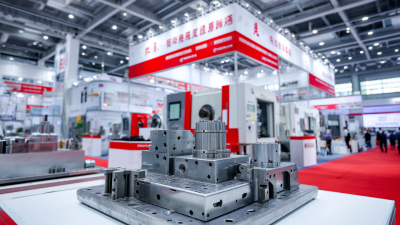
Exploring Opportunities for Injection Molded Parts at the 2025 China 138th Import and Export Fair
-
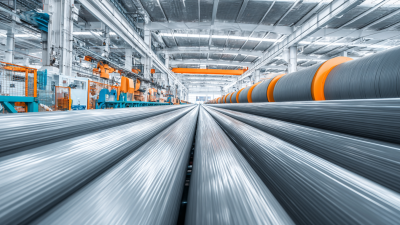
Exploring Innovations in Plastic Extrusion at the 138th Canton Fair 2025: Industry Insights and Trends
-
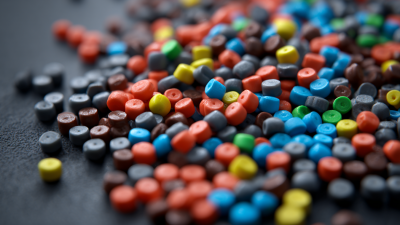
Understanding the Future of Injection Molding Materials: Innovations and Trends You Need to Know
-
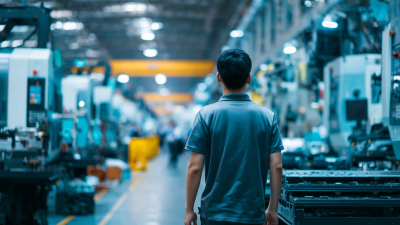
Impact of Injection Molding Cost Trends on Businesses Exhibiting at the 138th Canton Fair 2025
